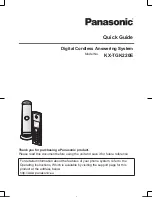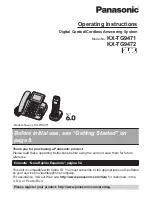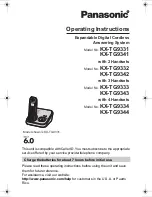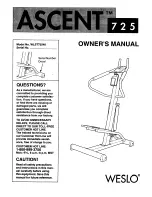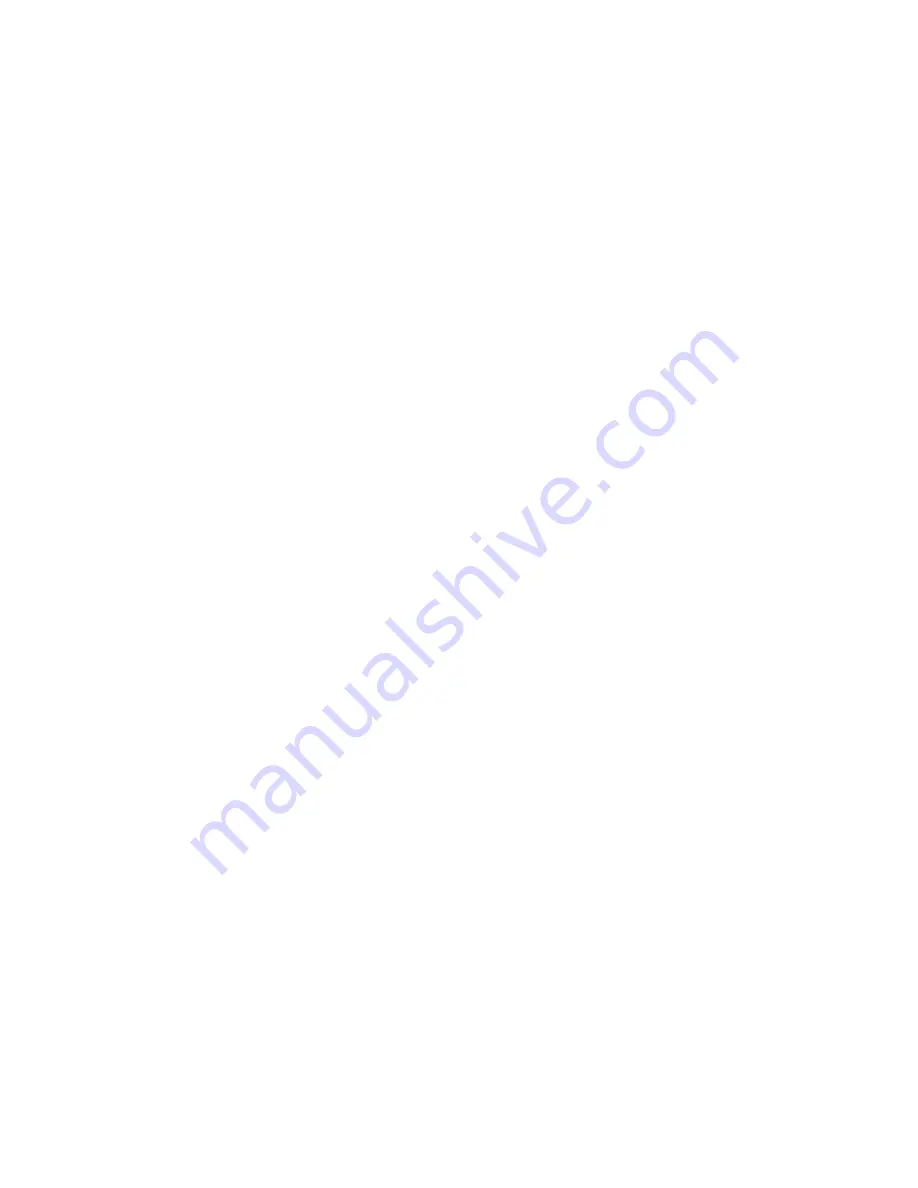
9-8 Font Management
EN
Unbound Scalable Fonts
Prior to introduction of the HP LaserJet IIIP printer, a downloaded
scalable font was restricted to a single symbol set. Now scalable fonts
with no symbol set affiliation can be downloaded. These new fonts
are called unbound fonts.
To download unbound fonts, the “PCL Font Header for Intellifont
Unbound Scalable Fonts” or the “Format 15 Font Header for Scalable
Fonts” (TrueType) must be used (see Chapter 11).
Bound and Unbound Fonts
The terms “bound” and “unbound” refer to the symbol set capacity of
a font. A bound font identifies a font which is restricted (bound) to a
single symbol set. An unbound font (or unbound typeface) indicates
the capacity to be bound to a set of symbols selected from a
complementary symbol index (such as the Master Symbol List
(MSL), or the Unicode symbol index).
Font Selection and Unbound Fonts
When a font is requested for printing, the printer selects a font which
most closely matches the current font selection characteristics
(symbol set, spacing, pitch, height, style, stroke weight, and
typeface). Refer to “Summary of Font Selection by Characteristics” in
Chapter 8 for detailed font characteristic selection information.
Since symbol set is the highest font selection priority and typeface is
the lowest, the printer searches for the symbol set first. A list of all
fonts that match the requested symbol set is made. This includes
bitmap, bound, and unbound fonts. Since bitmap and bound scalable
fonts contain only one symbol set, they can be easily identified.
However, determining which unbound fonts match a symbol set is
more complex. Symbol set compatibility for unbound fonts is
determined by identification of groups of symbols referred to as
symbol collections.
Summary of Contents for LaserJet 4100
Page 1: ...Part I Click here to access Part II on hp com ...
Page 2: ......
Page 26: ...Contents 14 EN ...
Page 44: ...2 10 The Page EN ...
Page 54: ...3 10 The Print Environment EN ...
Page 70: ...4 16 PCL Job Control Commands EN ...
Page 80: ...5 10 Page Control Commands EN Figure 5 3 Changing Print Direction on a Page ...
Page 82: ...5 12 Page Control Commands EN Figure 5 4 Text Area Within the Page ...
Page 110: ...6 16 Cursor Positioning EN ...
Page 120: ...7 10 Fonts EN Figure 7 11 Bitmap Character Figure 7 12 Scalable Character ...
Page 122: ...7 12 Fonts EN ...
Page 152: ...8 30 PCL Font Selection EN ...
Page 166: ...9 14 Font Management EN ...
Page 182: ...10 16 User Defined Symbol Sets EN ...
Page 237: ...EN Character Descriptor Formats 11 55 Figure 11 5 Class 2 Character Data ...
Page 240: ...11 58 Soft Font Creation EN Figure 11 6 Portrait Character Example ...
Page 241: ...EN Character Descriptor Formats 11 59 Figure 11 7 Landscape Character Example ...
Page 270: ...13 4 The PCL Print Model EN Figure 13 3 Effect of Transparency Modes on Images ...
Page 276: ...13 10 The PCL Print Model EN Figure 13 4 Shading Patterns ...
Page 277: ...EN Pattern ID Area Fill ID Command 13 11 Figure 13 5 Cross Hatch Patterns ...
Page 290: ...13 24 The PCL Print Model EN ...
Page 297: ...EN Pattern ID Area Fill ID Command 14 7 Figure 14 1 Shading Patterns ...
Page 298: ...14 8 PCL Rectangular Area Fill Graphics EN Figure 14 2 Cross hatch Patterns ...
Page 341: ...EN Raster Graphics Example 15 33 Figure 15 11Example of Raster Graphic Image Data ...
Page 342: ...15 34 Raster Graphics EN ...
Page 370: ...16 28 Status Readback EN ...































